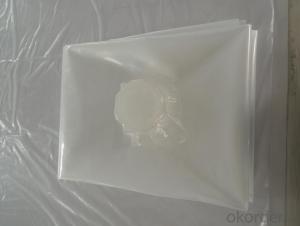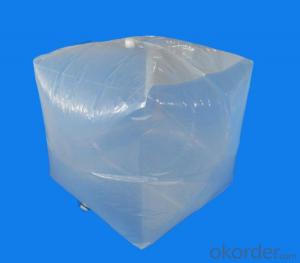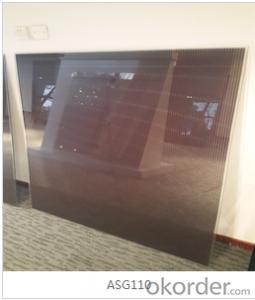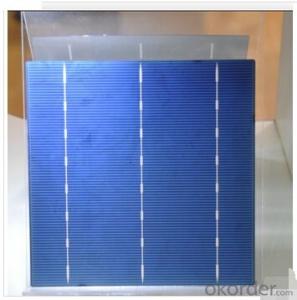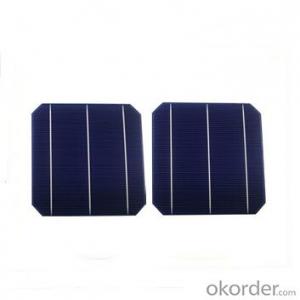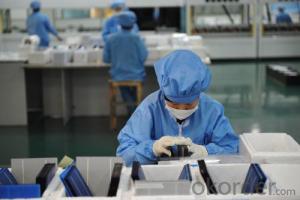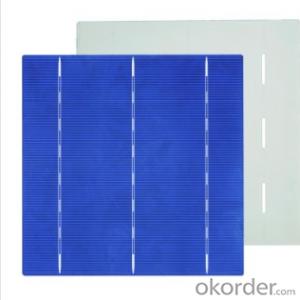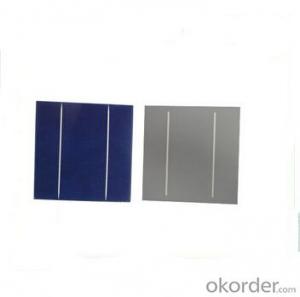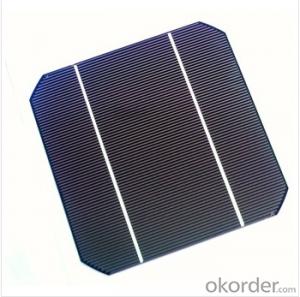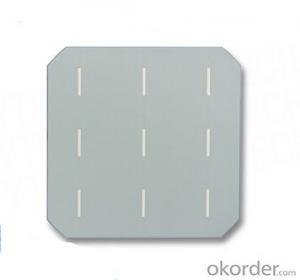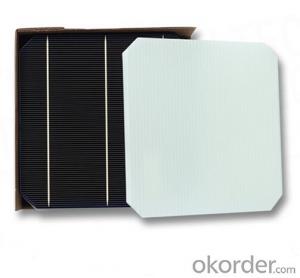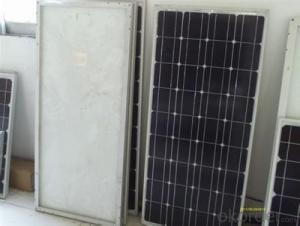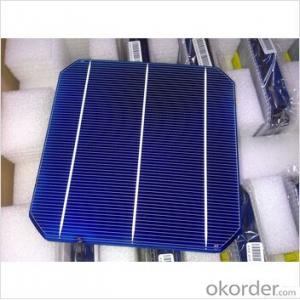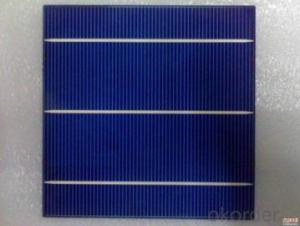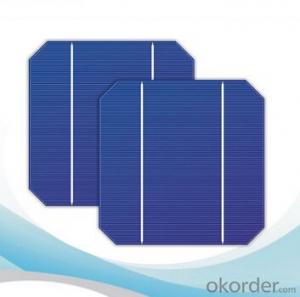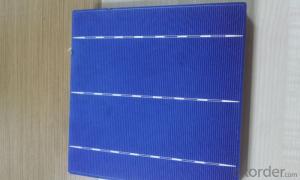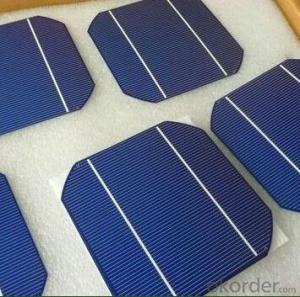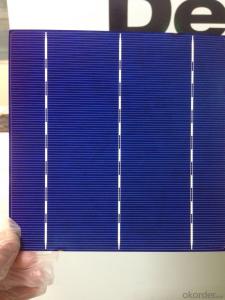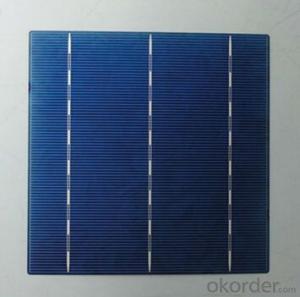Ibc Solar Cells
Ibc Solar Cells Related Searches
First Solar Series 6 ModuleHot Searches
Ibc Solar Cells Supplier & Manufacturer from China
Okorder.com is a professional Ibc Solar Cells supplier & manufacturer, offers integrated one-stop services including real-time quoting and online cargo tracking. We are funded by CNBM Group, a Fortune 500 enterprise and the largest Ibc Solar Cells firm in China.Hot Products
FAQ
- Yes, solar cells are impacted by shading. Even a small amount of shading can significantly reduce the efficiency and output of solar cells. Shading blocks sunlight from reaching the cells, which disrupts the flow of electrons and decreases the overall power generation. It is important to ensure that solar panels are installed in areas with minimal shading to maximize their performance.
- Solar cells generally perform well in areas with extreme temperature fluctuations. While high temperatures can slightly reduce their efficiency, modern solar cell designs are often equipped with cooling mechanisms to mitigate this issue. Additionally, solar cells are tested and designed to withstand temperature variations, including freezing temperatures. Overall, solar cells are designed to be robust and reliable in varying climates, allowing them to generate electricity efficiently even in areas with extreme temperature fluctuations.
- How much does a solar cell cost?
- It's not easy to answer the question in a simple way, but an example is the residential solar systems are typically sized from 3 to 8kW and end up costing between $15,000 and $40,000.
- Yes, solar cells can be used in mountainous regions. While mountainous regions may have varying weather conditions and shading from surrounding peaks, solar panels can still generate electricity from sunlight. However, the efficiency of solar cells may vary depending on factors like orientation, tilt angle, and the amount of direct sunlight received. It is crucial to carefully design and install solar systems in mountainous areas to optimize their performance and take advantage of the available sunlight.
- Yes, solar cells can be used in electric fence systems. Solar cells convert sunlight into electricity, which can be used to power the electric fence. This eliminates the need for traditional power sources such as batteries or connecting to the electrical grid, making it a more sustainable and cost-effective option.
- Yes, solar cells can be used to power streetlights. Solar-powered streetlights utilize solar panels to convert sunlight into electricity, which is then stored in batteries to power the lights during nighttime. This renewable energy source is cost-effective and environmentally friendly, making it a popular choice for street lighting in many areas.
- Yes, solar cells can be used to power hospitals. Solar energy can be harnessed through solar panels or solar cells, and these can generate electricity to meet the power needs of hospitals. By utilizing solar power, hospitals can reduce their reliance on traditional energy sources, lower their operating costs, and contribute to a cleaner and more sustainable environment. However, the feasibility of using solar cells for powering hospitals depends on factors such as the hospital's energy demand, available space for solar panels, and the region's sunlight availability.
- Solar cell installations have a significant positive impact on reducing greenhouse gas emissions. By harnessing the power of the sun to generate electricity, solar cells eliminate the need for fossil fuel-based energy sources, which are major contributors to greenhouse gas emissions. As more solar cells are installed and integrated into the energy grid, the overall emissions from the electricity sector decrease, making solar cell installations an important solution towards mitigating climate change.
